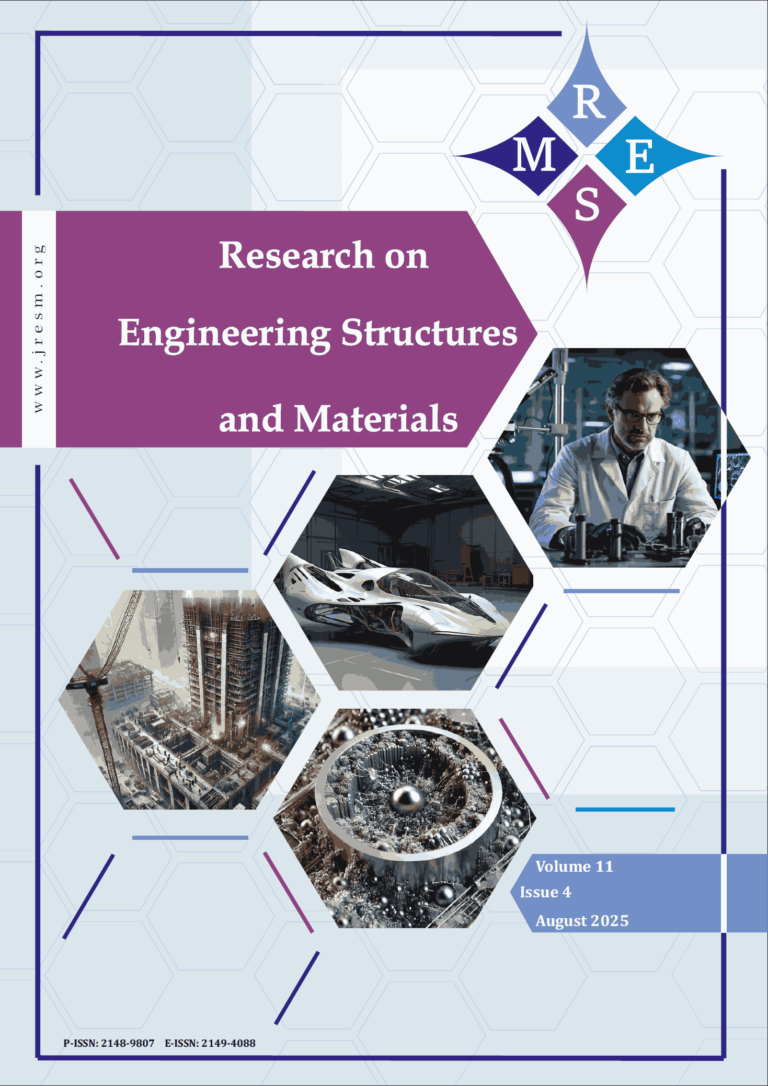This study used microorganisms to investigate the flexural behavior of reinforced concrete beams with a cross-section of 150mm x 180mm and a length of 1500mm. The research focuses on the effects of these microorganisms on the mechanical properties and flexural behavior of the concrete. The study specifically investigated the mechanical properties of concrete by incorporating different ranges of Steel Fibers (SF): 0.2%, 0.4%, 0.6%, 0.8%, and 1.0%. Additionally, the research examined the flexural behavior of the RC beams, with incorporation of Bacillus Subtilis bacteria concentrations of 1%, 2% and 3% for both the control and optimum mix. Six concrete mixtures were designed with SF at the following percentages: 0.2%, 0.4%, 0.6%, 0.8%, and 1.0%. The study utilized M40-grade concrete. Bacillus Subtilis bacteria were incorporated into the concrete by the weight of the cement during the casting process. The specimens took on different shapes, such as cubes, cylinders, and prisms. The concrete specimens were cast and tested after 7, 14, and 28 days of curing. According to the experimental results, the optimal SF content was 0.8%. Finite Element Model (FEM) was developed using ANSYS to analyze the RC beams. The FEM approach proved helpful in predicting the experimental outcomes. Adding 0.8% of steel fibre and 2% microorganisms enhanced the compressive strength by 4.20% compared to the control sample. Similarly, the flexural behavior of the RC beams was increased by 19.98% and 24.40% compared to the conventional specimens. This study aims to provide the potential benefits of using microorganisms in concrete technology.
